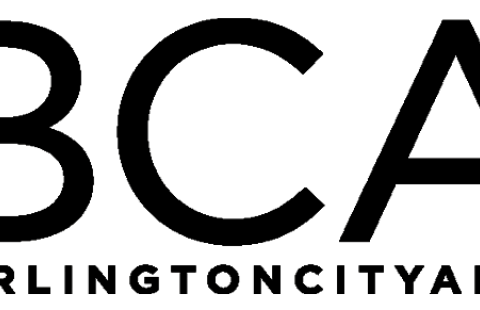What were the specific goals of this creative economy project? Describe the community development challenge or opportunity that your project was designed to address:
While vastly different in scale, the goals of both projects were to investigate needs and problems within the City through the arts and address them in part through design.
The goal of Imagine City Hall Park was to develop an inspired and functional master plan for City Hall Park, a green space at the heart of Burlington’s economic and civic life that is suffers from aging infrastructure and disruptive behavior.
The goal for PlanBTV South End was to support the digestion of foundational information through exhibition and arts engagement so that the visioning and planning process would be grounded in reality, to protect the arts and industrial identity of the district, and to identify locations for public space and arts development that is well-coordinated with planned multimodal transportation projects.
If the goals change over time, please describe how:
Goals remained consistent over time, but approach needed constant readjustment throughout both projects.
Who was involved in this project and what did they do? (be sure to include the partners from outside of the creative sector and how local voices were included):
City Hall Park-
Partners were all members of a task force for City Hall Park, and included: -Burlington Business Association—Mission: to advocate for Burlington business and to assure that Burlington continues to be the cultural, social and educational center of Northwestern Vermont. Continue to work as a fundraising partner to expand City Hall Park cultural activities and work with BCA and the Police Department to create an ambassador program. -Flynn Center for the Performing Arts—Mission: to be a full-service home for the performing arts in the region; offer a wide range of cultural and educational experiences; and nurture the creative development of performing artists.The Flynn connected promoted arts events in the park, including expanding activities during the ten day Discover Jazz Festival. -Merchants Bank—The Merchants Bank is one of Vermont’s few locally owned banks. Their Burlington branch is located on the north side of City Hall Park. They have been advocates for the park and cultural activities in Burlington for many years and have committed funds to the City Hall Park master plan. -Preservation Trust of Vermont—Mission: to provide technical and financial help to support preservation projects with an emphasis on revitalizing Vermont's downtowns and village centers. They have worked with BCA in the past in the renovation of the historic Ethan Allen Firehouse into its current home, the BCA Center, and will advise the committee and designers. City of Burlington--Parks and Recreation, Burlington Police Department, The Department of Public Works, Planning and Zoning, the Church Street Marketplace, Community and Economic Development Office. Departments will work together under the mayor to ensure planning meets existing guidelines, is sustainable, and includes broad public input.
PlanBTV South End
BCA and the City of Burlington Planning and Zoning Department were the two primary partners for this project, working together closely on to procure a master planning team and develop a comprehensive list of engagement offerings including design charrettes and arts-based activities. BCA worked as the liaison with the artist community, while Planning and Zoning managed the overall budget, the contracts for master planning consultants.
How does this project relate to a larger community development strategy?
Both projects contributed too long-term planning documents adopted by the City as priorities, based on a set of principals for sustainability called the Burlington Legacy Plan that was created in 1998 and continues to be updated every few years.
What projects or places, if any, inspired your approach to this creative economy project?
Matthew Perry's project in Starksboro, VT as their artist-in-residence for the Art & Soul Civic Engagement Initiative was one of the projects that inspired the development of Imagine City Hall Park, which served as a baseline for PlanBTV South End.
